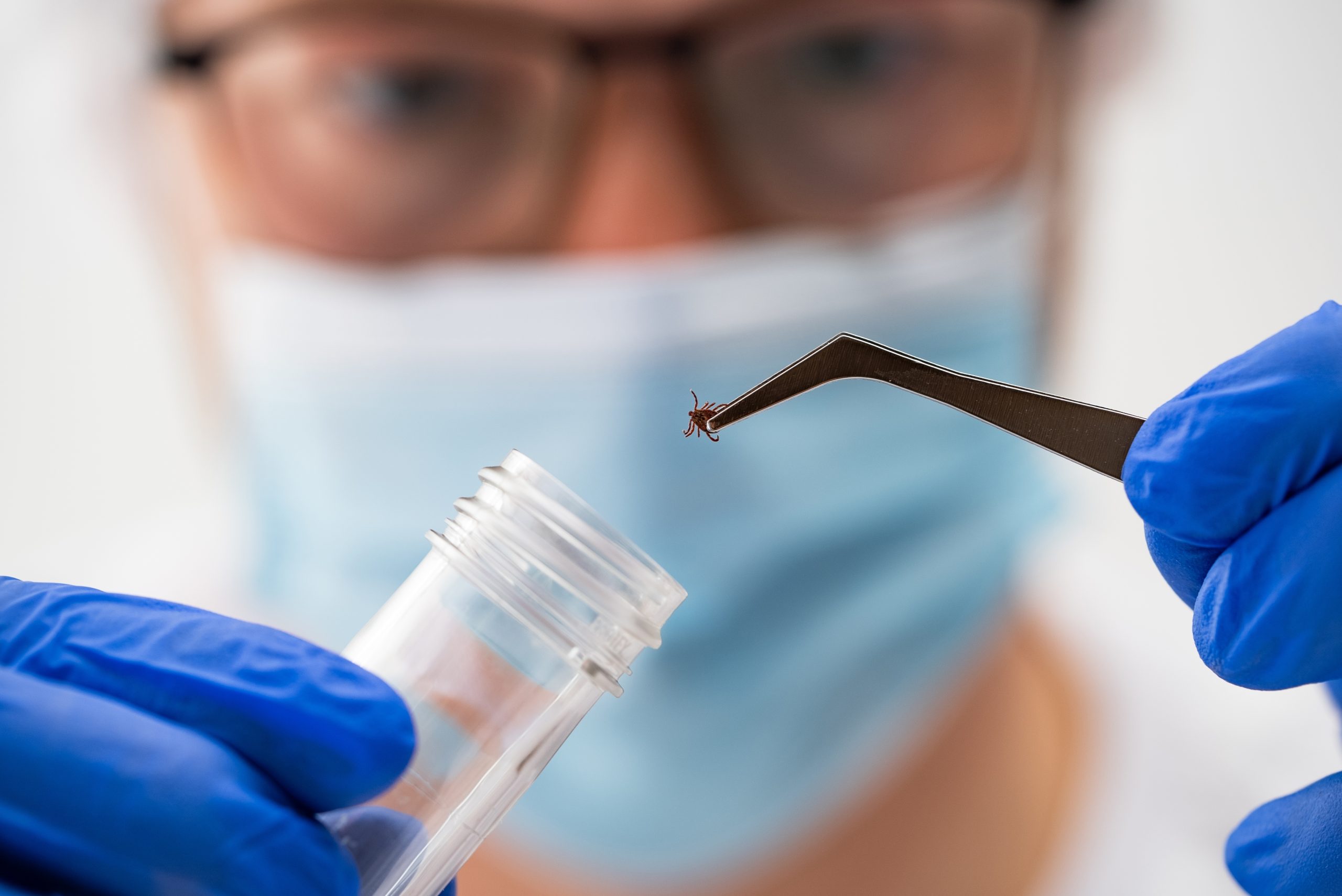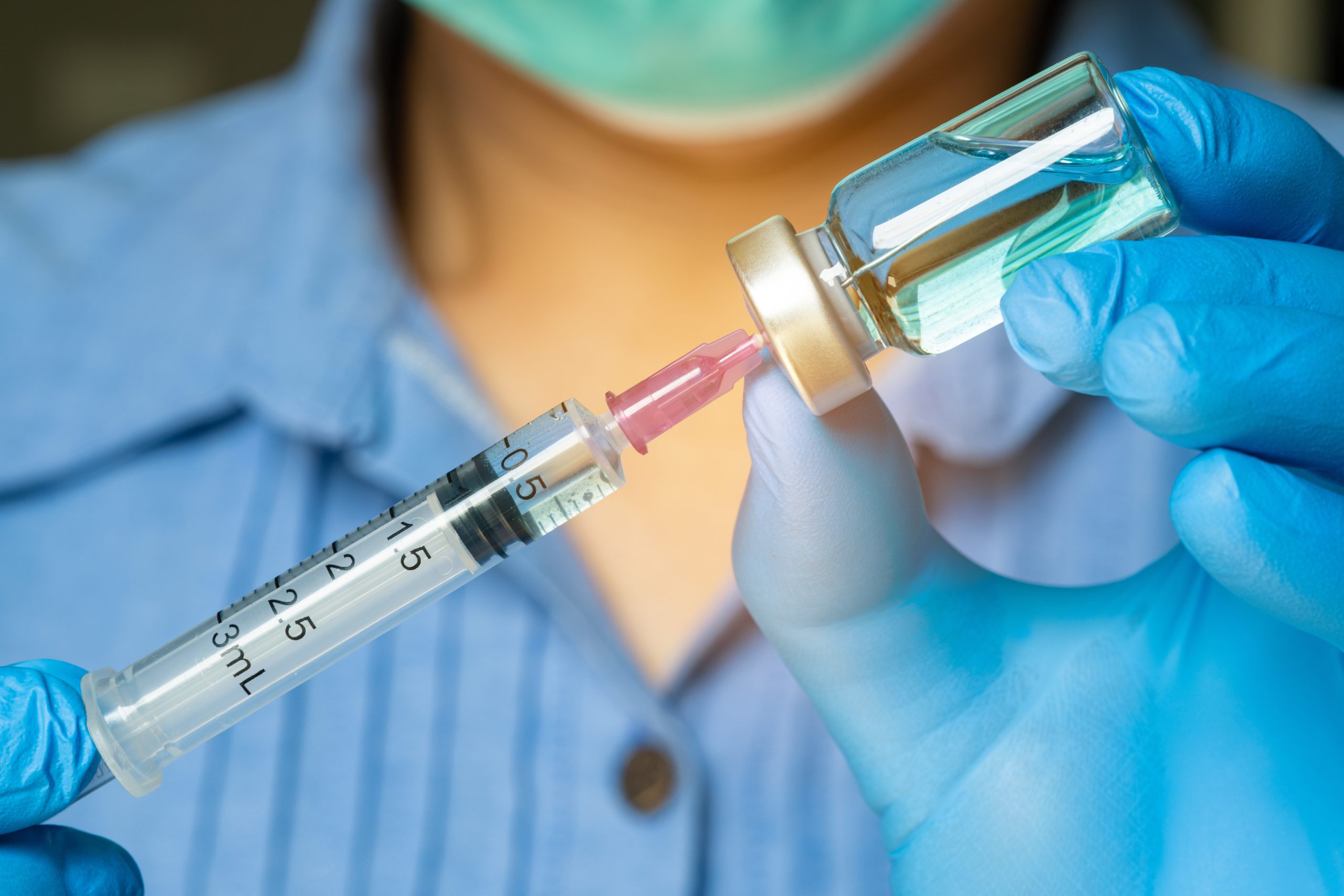The hidden fertility risks of finasteride are sparking concern among young men seeking cosmetic solutions for hair loss.
Story Overview
- Finasteride, a popular hair loss medication, may cause infertility in young men.
- Reduced sperm counts from finasteride are often reversible but not guaranteed.
- Men with fertility issues are advised to discontinue finasteride use.
- Awareness of finasteride’s fertility impact is growing among clinicians.
Finasteride: A Cosmetic Solution with a Catch
Finasteride has become a go-to solution for young men facing the daunting challenge of hair loss. Its allure lies in its ability to effectively curb the progression of male pattern baldness by inhibiting the conversion of testosterone to dihydrotestosterone (DHT). However, the very mechanism that makes finasteride effective for hair restoration may also contribute to a less desirable side effect: reduced fertility. Reports increasingly link finasteride use to decreased sperm counts, particularly in men with pre-existing fertility challenges.
While finasteride’s impact on fertility is not a new discovery, awareness has been slow to catch up. Since its approval in the 1990s, finasteride’s potential effects on semen parameters have been noted but not widely emphasized. Recent studies, however, are shining a light on the reversible nature of these effects, prompting fertility specialists to recommend cessation of the drug in men actively seeking to father children. The timeline of awareness stretches from initial reports in the 2000s to a seminal 2013 study that demonstrated dramatic sperm count recovery after stopping finasteride.
Clinical Guidance and Individual Variability
As more cases of finasteride-related fertility issues emerge, the medical community is taking note. Fertility clinics and professional societies are now advising caution for men of reproductive age considering or currently using finasteride. The drug’s effects vary widely among individuals, with some experiencing significant reductions in sperm count, while others remain unaffected. Fertility specialists emphasize the importance of individualized risk assessments and encourage men facing unexplained infertility or oligospermia to discontinue use.
The clinical response to these findings has been a call for better patient education and informed consent. While the effects of finasteride are generally reversible, the drug’s impact on fertility can be significant for those already struggling to conceive. This has led to a push for more robust post-marketing surveillance and potentially updated labeling to reflect these emerging concerns.
Societal Impacts and Future Directions
The potential fertility risks associated with finasteride extend beyond individual health concerns, influencing broader societal and economic factors. The rising awareness of modifiable risk factors for male infertility is contributing to increased anxiety and stigma among affected individuals. Economically, the costs associated with fertility evaluation and treatment may rise as more cases of unexplained oligospermia are linked to finasteride use. Politically, there is potential for increased regulatory scrutiny and calls for updated drug warnings.
Looking ahead, the hair loss treatment market may see shifts toward alternative therapies as the conversation around finasteride’s fertility risks gains momentum. The pharmaceutical industry may face pressure to demonstrate the long-term safety of their products, particularly regarding reproductive health. The ongoing debate about finasteride’s clinical significance underscores the need for continued research and a nuanced understanding of its effects on the male reproductive system.
Sources:
ScholasticaHQ review on finasteride and reproductive effects
PubMed study on semen parameters before/after finasteride discontinuation
PMC review on finasteride and male fertility
Hims summary of clinical studies and fertility clinic data
Treatment Rooms London summary on semen quality and finasteride











